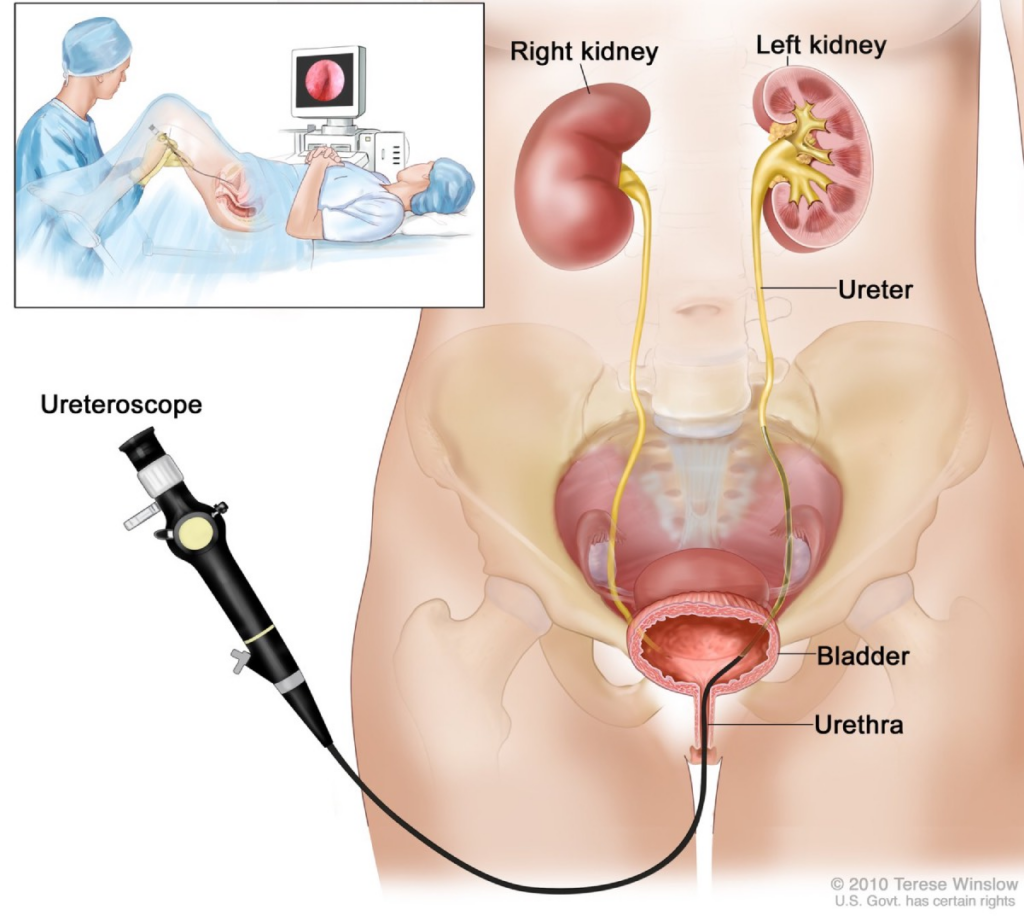Understanding the Immediate Post-Procedure Period
Once the urethroscopy is done, you’ll spend some time in the recovery room. This one-to-four-hour period is crucial. Nurses will monitor you to ensure you’re waking up well and comfortable. Hydration is key after your procedure. Drinking water helps your body recover faster and prevents discomfort during urination.
Common symptoms after a urethroscopy include slight burning or stinging sensations while peeing. Don’t worry! These feelings are quite normal and will fade with time. Sometimes, doctors place a small tube called a stent to keep things open, helping fluids pass more smoothly. But not everyone needs one! It’s all about achieving the best results in your specific urethroscopy recovery process. Following a healthy urethroscopy diet post-procedure can also aid in managing these symptoms.
Navigating Your First 24 Hours at Home
Getting adequate rest is vital for the first 24 hours after your procedure. Your body needs time to heal. Drink lots of fluids to aid the urethroscopy recovery process. This keeps things flowing and makes sure you’re healing well. If you’re feeling discomfort, manage it with over-the-counter medications or try some soothing home remedies like warm baths or warm compresses. These can help ease any discomfort post-urethroscopy.
If you experience pain, these methods can be your best friends. Use them as needed, but follow any specific instructions your doctor gave you. Your comfort is important and aids the urethroscopy recovery time. Remember, taking these urethroscopy aftercare tips seriously will fast-track your recovery.
Days 2-7: Navigating the Critical Recovery Phase
As you reach day two through seven, you might wonder when you’ll be able to jump back into your usual activities. Generally, light activities can resume, but it’s wise to avoid strenuous work or heavy lifting for a bit longer. Managing discomfort post-urethroscopy becomes easier as lingering symptoms start to subside.
Eating a balanced diet aids healing, emphasizing plenty of fluids and nourishing foods. Watch for any unusual symptoms, like persistent pain or increased urination frequency, as they could signify a complication. This period is crucial for adjusting your routine to foster a successful urethroscopy recovery time.
Living with a Temporary Stent
If a stent was placed during your procedure, it might feel a little odd at first. You might notice some sensation when moving or during bathroom breaks. Activity levels should be moderated while you have the stent but don’t worry—you can still go about daily living with some adjustments like avoiding heavy lifting.
If the discomfort due to the stent becomes noticeable, try walking to lessen it and ease any cramping. Understanding that the stent will only be there temporarily helps. Usually, doctors decide on removal based on your recovery. Usually, soon after how to recover from urethroscopy.
Warning Signs: When to Contact Your Doctor
Even with smooth recovery, sometimes issues can arise. Always be alert for severe pain, a fever, or unusual bleeding. These signs mean you should contact your doctor quickly. If you’re unable to urinate, or you’re feeling extreme nausea, don’t wait. Seek help fast.
Knowing these warning signals is a core part of urethroscopy follow-up care. Use these cues to keep your recovery on track.
Expert Recovery Tips from Urologists
Here are expert recovery tips from urologists:
- Drink lots of water. This not only helps your body heal but also prevents complications.
- Choose gentle activities that promote healing, like walking.
- Sleep in positions that ease any discomfort, helping you rest better.
- Don’t underestimate the power of a positive mindset during recovery. Activities like reading or listening to music can support mental wellness.
- Always attend follow-up appointments. They are vital for ensuring everything is going as it should.
Long-term Outlook and Prevention
Recovery from a urethroscopy doesn’t end after a few days. You might still experience some minor issues, but they will gradually disappear. Making lifestyle changes could prevent future problems, like staying hydrated and eating well. Regular check-ups and follow-up tests ensure long-term success post-urethroscopy recovery exercises.
These urethroscopy recovery precautions are designed to give you the best chance at full health. Most patients see significant improvement post-procedure, leading to better bladder health.
By understanding and embracing these urethroscopy recovery tips, you’ll navigate this journey with fewer bumps and enjoy a healthy future.

